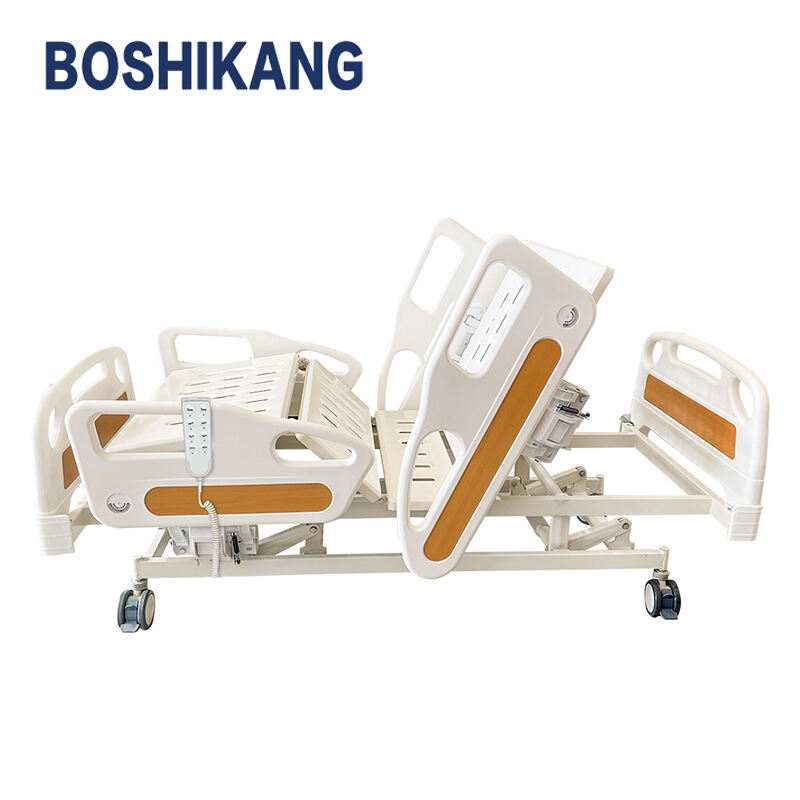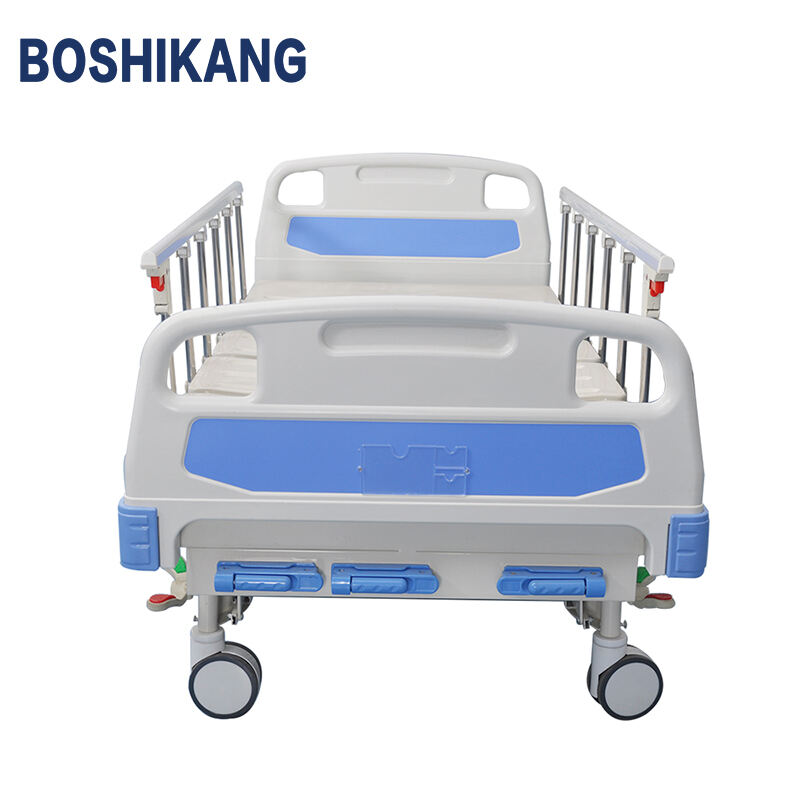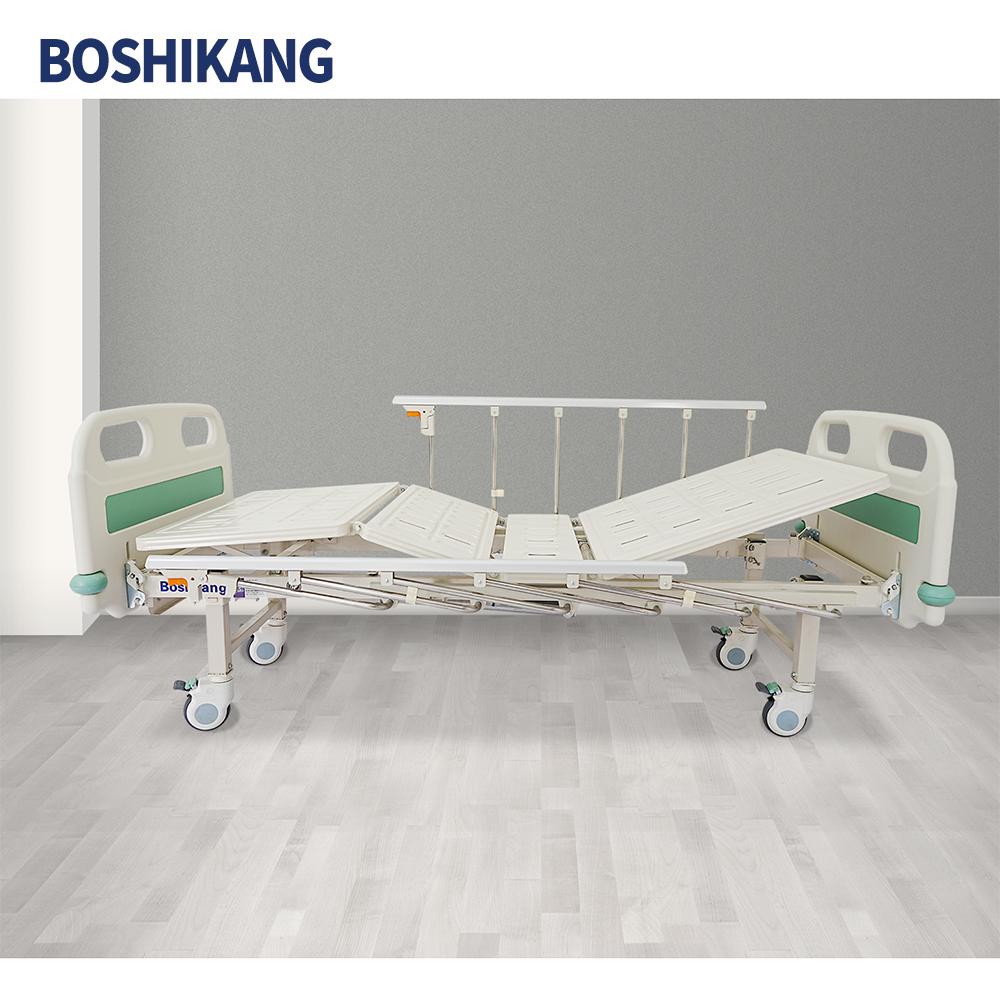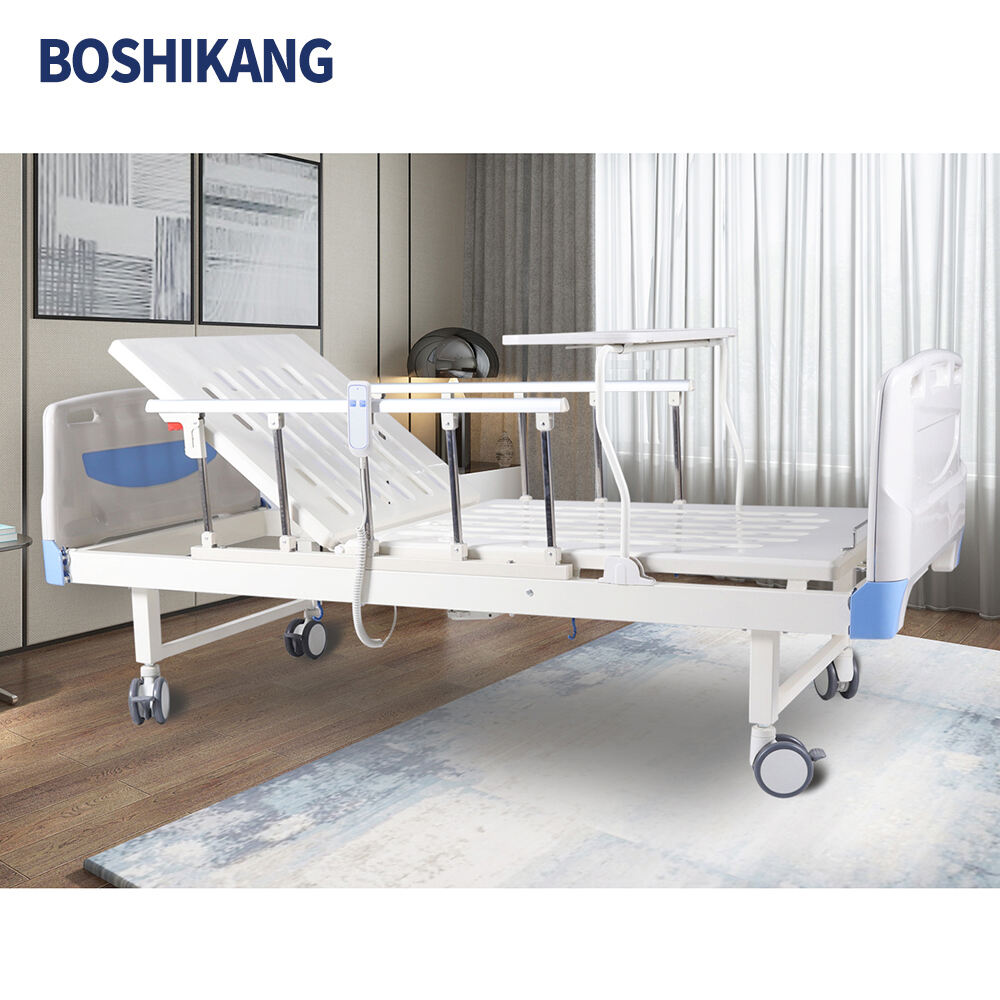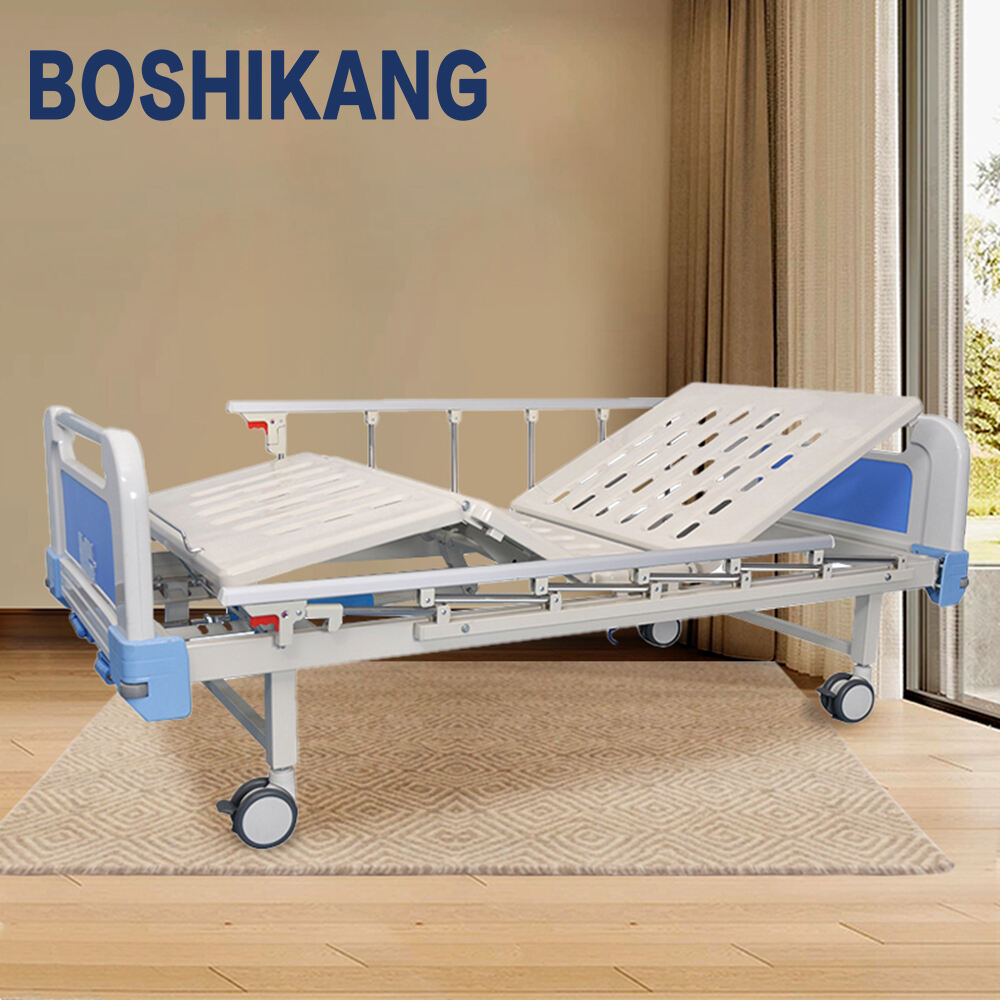hospital bed manufacturers
Hospital bed manufacturers play a crucial role in healthcare infrastructure by designing and producing specialized medical beds that combine comfort, functionality, and advanced technology. These manufacturers focus on creating adjustable beds that meet various medical requirements while ensuring patient safety and ease of use for healthcare professionals. Modern hospital beds feature electric controls for height adjustment, backrest positioning, and leg elevation, allowing for optimal patient positioning and care delivery. Manufacturers incorporate advanced materials and engineering techniques to create beds that support infection control protocols through antimicrobial surfaces and easy-to-clean designs. These beds often include integrated side rails for patient safety, wheel locking mechanisms for stability, and battery backup systems for uninterrupted operation during power outages. Additionally, many manufacturers now integrate smart technology features such as built-in scales, bed exit alarms, and connectivity options for hospital information systems. These innovations help healthcare providers monitor patient status and maintain accurate medical records. The manufacturing process adheres to strict quality standards and regulatory requirements, ensuring the beds meet international safety certifications and medical device regulations.


